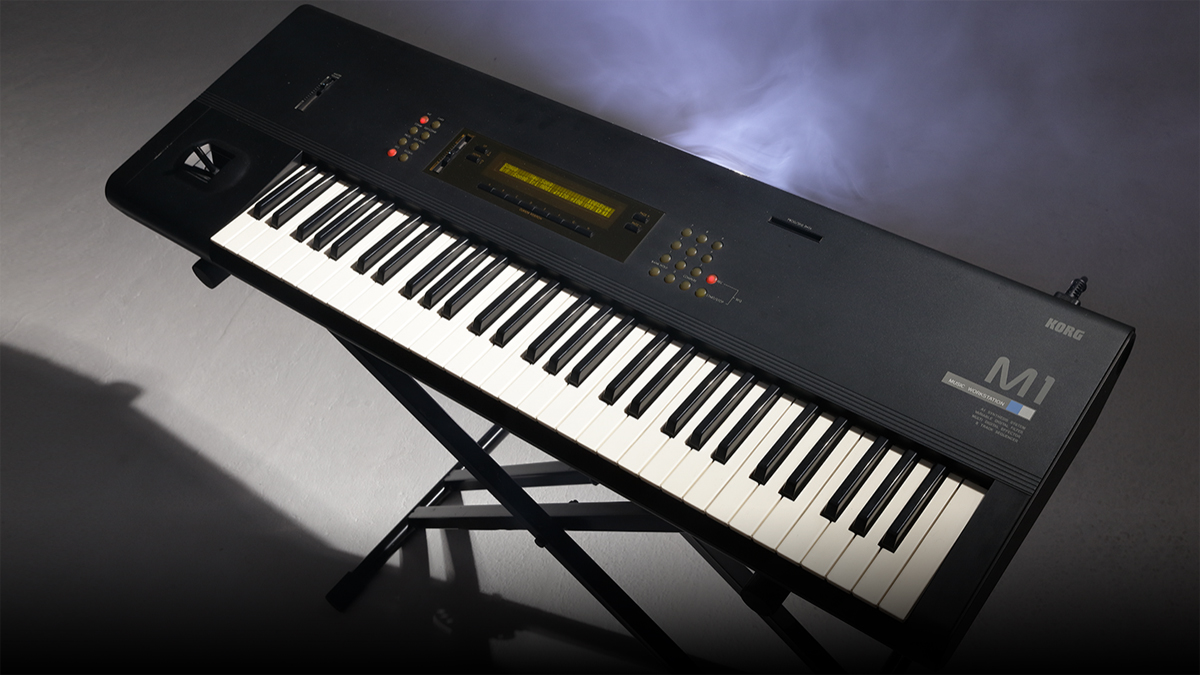
Yesterday, we published a definitive guide to producing house music in 2023. Today, we're revisiting that theme with a round-up of five classic house bass sounds and how you can make them yourselves.
1. Organ bass
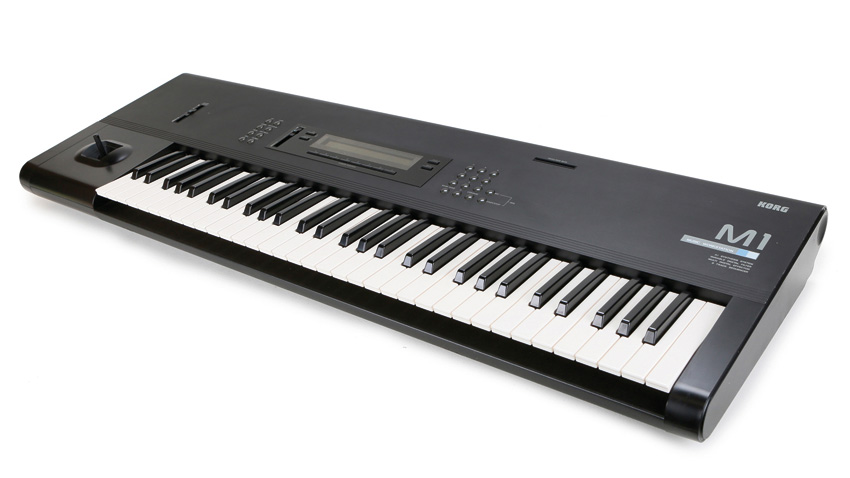
The Organ 2 preset from Korg’s M1 is a simple sound that’s had an outsized impact on house music. Best known for its use in Robin S’s hit Show Me Love, it’s become a staple house bass tone over the years, and recently returned to chart prominence via its use in Beyoncé’s Break My Soul.
The sound is simple, but it’s easy to see why it’s a popular bass sound; it’s percussive enough to add rhythmic interest and provides plenty of low-end weight whilst maintaining mid-range presence. Naturally, the easiest way to get the sound is to use an M1, or its plugin counterpart.
A DIY version can be made fairly easily though by using two analogue oscillators: use a triangle wave for low-end weight along with a sine-tuned 19 semitones (an octave plus a fifth) above it. Filter out some of the high frequencies and use an appropriately snappy amp envelope. If you want it more percussive, layer in white noise or a very short pitch envelope to emphasise the attack.
2. Dark FM bass
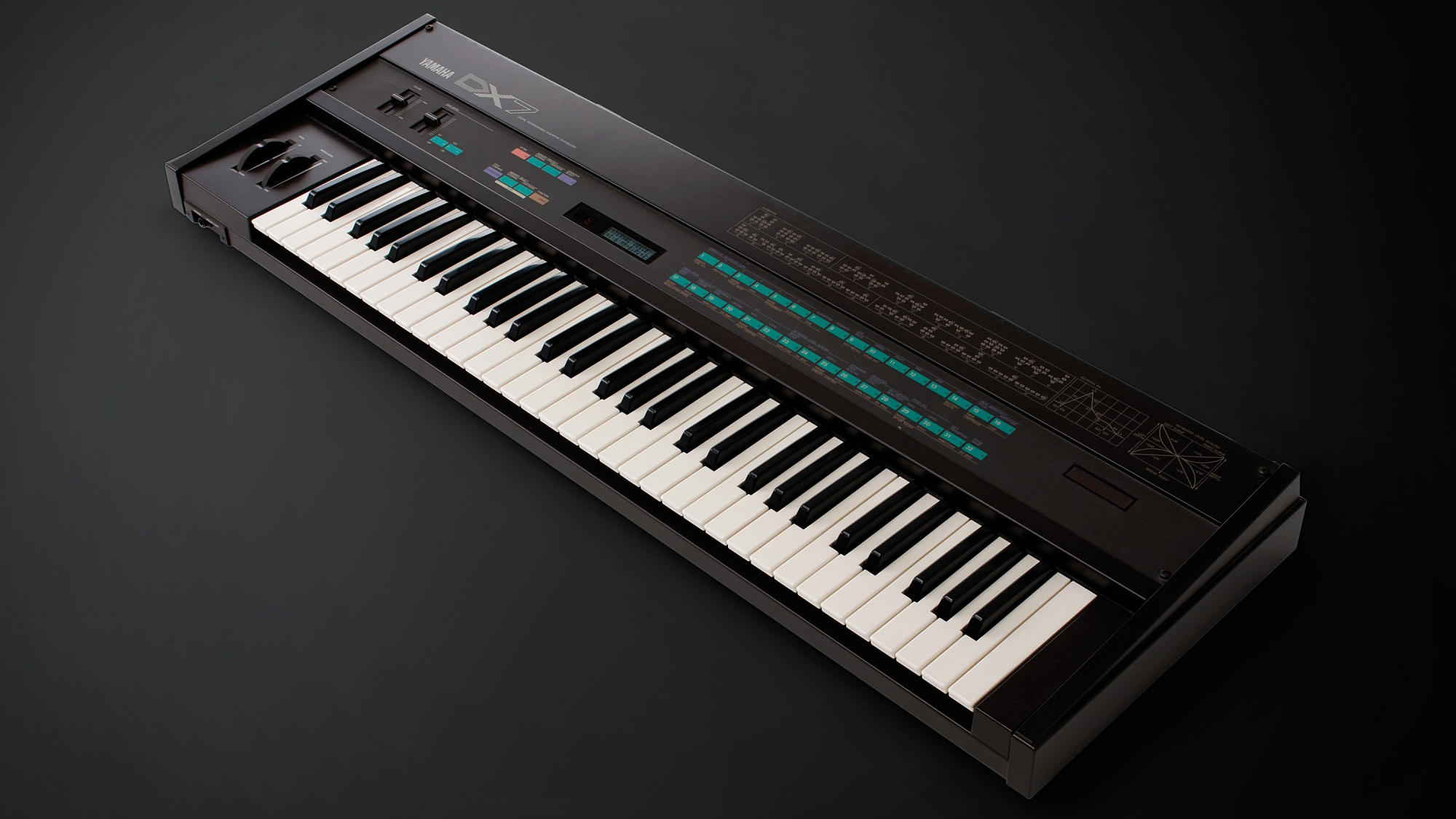
FM synthesis is great for bass sounds, since its use of digitally manipulated sine waves can create clean, precise tones that reach well into sub frequencies. Yamaha’s DX7 is the quintessential FM synth and turned up on countless house classics, largely because it was cheap and widely available around the late-’80s and early-’90s.
Numerous DX7 presets were great for house bass, from the faux bass guitar sounds of the fretless bass presets through the ‘hollow’, ‘dark’ digital bass sounds. Due to the fiddly nature of FM synthesis, it’s not worth trying to recreate these from scratch, but any FM hardware or plugin worth its salt is stocked with similar presets, and many let you import DX7 patches, which are widely available online.
3. Acid bass
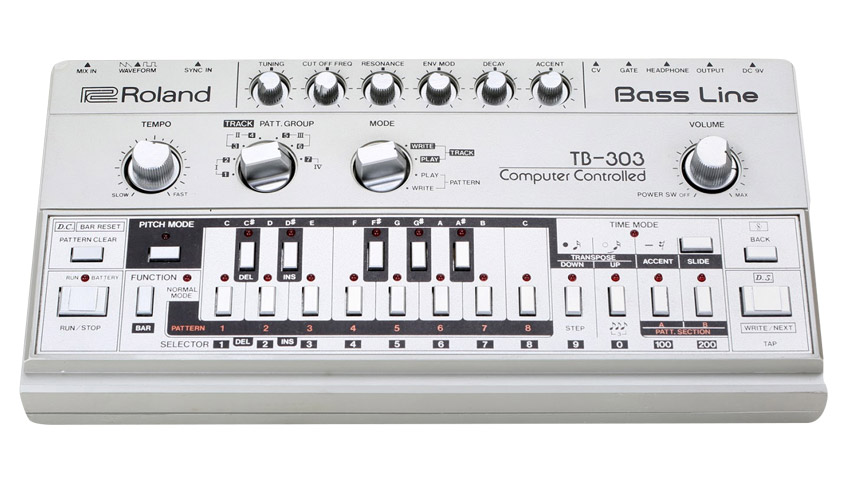
The squelchy acid bass sound will be forever associated with Roland’s TB-303 and, to a lesser extent, SH-101. Both synths are very simple, based on a single square/saw wave oscillator and resonant filter with a snappy envelope.
This is easy to replicate with many synths, but the key to an authentic ‘acid’ sound comes down to the way these instruments were programmed. The 303 in particular was fiddly, and involved inputting pitches, triggers and accents separately, resulting in a lot of happy accidents. Accents – which boost the filter and amp – along with octave jumps and slides between notes, are key to that sound.
4. French house bass
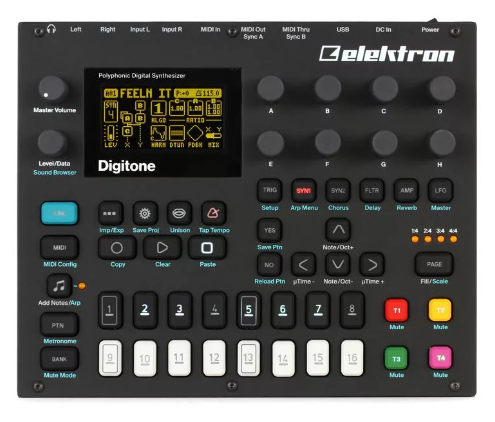
The French ‘filter house’ sound of acts like Daft Punk, Stardust and Fred Falke takes heavy influence from disco, and like a lot of classic disco, the bass sounds are generated largely by live bass guitars, albeit often resampled and heavily processed. If you’re not a bassist yourself, the best starting point is to use a sample (there are plenty over at SampleRadar).
At a push, FM synths like Operator, Digitone or Opsix can create similar sounds. Whatever you use, heavy compression and modulated, resonant filtering is key to processing the sound. Underpinning live bass with a synthesised sine wave sub will help add weight when played on a club sound system too.
5. Juno-style synth bass
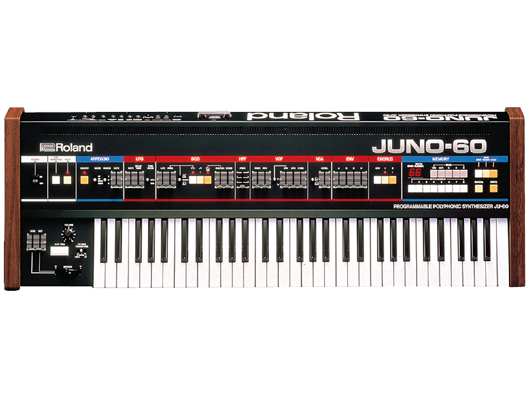
Roland’s Juno-60 has long been another staple instrument for house bass. It’s simple but punchy-sounding, with plenty of low end. Junos themselves go for wild secondhand prices, although there’s no shortage of quality emulations out there these days.
Fortunately the basic principles of a Juno-style bass are easy to capture with many analogue synths: try combining saw and pulse wave oscillators with a touch of PWM applied. Filter these down to remove the high end but use an envelope for short, percussive filter mod. A sub osc underneath the main sound will add extra low-end weight. A Juno-style chorus applied at the end will add a nice finishing touch too.







